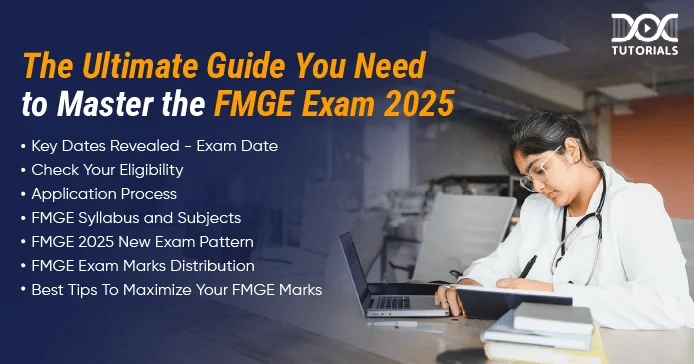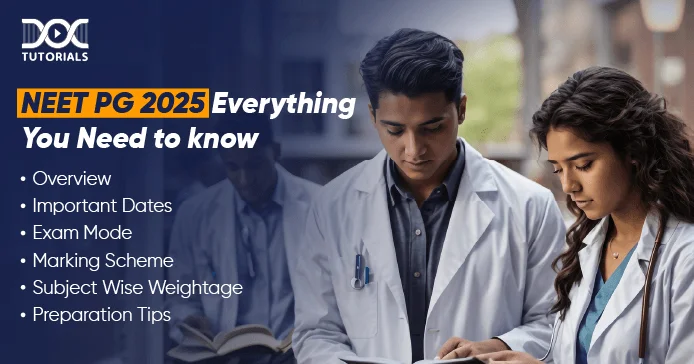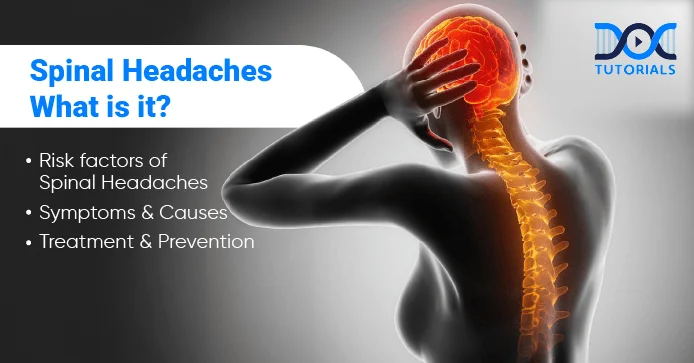
FMGE (Foreign Medical Graduate Examination) 2025 is going to be daunting for multiple factors. But with the right tools and guidance, your success is within reach. The FMGE 2025 Vijeta Online Live Plan is meticulously crafted to provide aspiring doctors like you with all the necessary resources, ensuring FMGE 2025 success.
FMGE 2025 Vijeta Online Live: 5 Features You Don’t Want to Miss
The FMGE 2025 Vijeta Online Live Plan is more than just a study resource—it’s a comprehensive solution that blends expert guidance, best resources, and proven strategies.
Whether you’re just starting your FMGE preparation or looking to test your knowledge, this plan is perfect for you. Here are the features of our FMGE 2025 Vijeta Online Live Plan that you don’t want to miss at any cost.
- H.I.T. (High Impact Training)
- Specially curated hardcopy workbooks designed for focused revision and high-yield learning.
- Online live interactive lectures held in May/June are based on workbooks to cover all essential topics efficiently.
- Expert Video Lectures
- Expert-led video lectures covering the complete syllabus help you understand every topic easily.
- 240 concise revision videos for a quick revision.
- India’s Only Faculty-Created Qbank 4.0
- 20,000+ MCQs, IBQs, PYQs, and clinical case-based scenarios.
- Bookmark tough questions and generate customized tests.
- Exam-Focused Test Series
- Real-time exam interface for tests, replicating the FMGE format.
- Our Test Series includes:
- 5 Grand Tests (3 with video explanations).
- Subject tests for detailed subject-wise preparation.
- Mini tests for targeted practice.
- Leaderboard Insights
- Track your All-India Rank (A.I.R) through our leaderboard feature and use the analytics feature to make sure you are well prepared for the exam.
Don’t miss this opportunity to learn, prepare, practice, and ace the FMGE 2025 exam.
20% to 25% discounts available on respective plans
Benefits of FMGE 2025 Vijeta Online Live Plan
1. Holistic Learning Experience
Covering all 19 FMGE subjects, this plan ensures no topic is left unexplored. The blend of video lectures, live sessions, and Qbanks ensures a multi-dimensional approach to learning.
2. Personalized Preparation
Features like customized test generation and bookmarking allow users to tailor their study plan according to their strengths and weaknesses.
3. Interactive and Engaging
Hard copy workbook-based online live lectures foster an engaging learning environment, helping students stay motivated and competitive.
4. Exam-Ready Tools
With a realistic test interface and leaderboards, students gain a clear understanding of their readiness and areas to improve.
FMGE Preparation: Your Road to Success
Success in FMGE requires dedication, strategy, and access to the right resources. The FMGE 2025 Vijeta Online Live Plan is your trusted companion, equipping you with tools that are tried, tested, and tailored for success.
This plan’s blend of high-impact training, expertly curated content, and personalized test preparation ensures you stay ahead in your FMGE preparation journey. Don’t just aim to pass—aim to excel.
Ready to Get Started?
Join the DocTutorials Family and transform your preparation journey with the FMGE 2025 Vijeta Online Live Plan. With a robust support system and industry-leading resources, you’ll have everything you need to conquer the FMGE.
Latest Blogs
-

FMGE Exam Preparation with Our FMGE 2025 Vijeta Online Live Plan
FMGE (Foreign Medical Graduate Examination) 2025 is going to be daunting for multiple factors. But with the right tools and…
-

FMGE Exam 2025: Date, Eligibility, Application, Syllabus & Subjects, and Exam Pattern
The Foreign Medical Graduate Examination (FMGE), slated for 2025, remains a pivotal assessment for foreign medical graduates aspiring to practice…
-

Score Like a Topper in FMGE 2025 Exam with DocTutorials – Your Winning Strategy
The Foreign Medical Graduates Examination (FMGE) is a game-changer for every medical graduate dreaming of a successful medical career in…
 Back
Back






